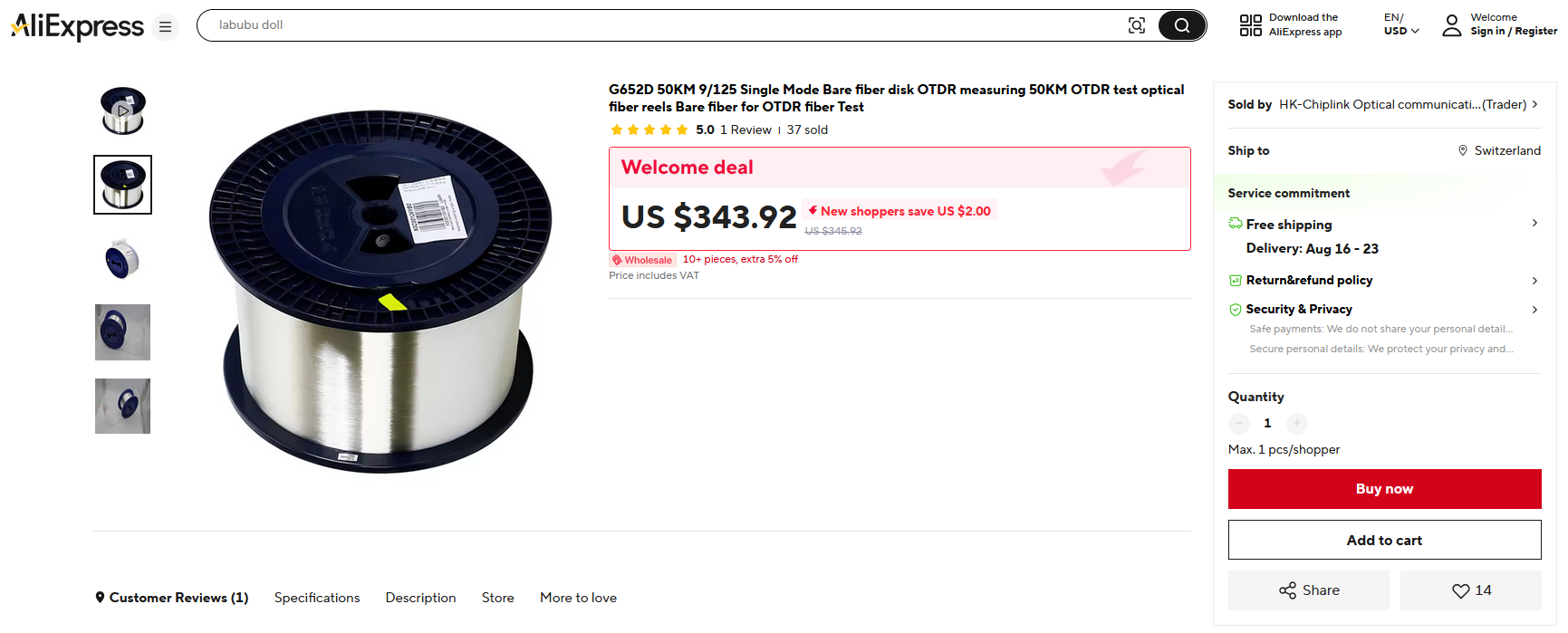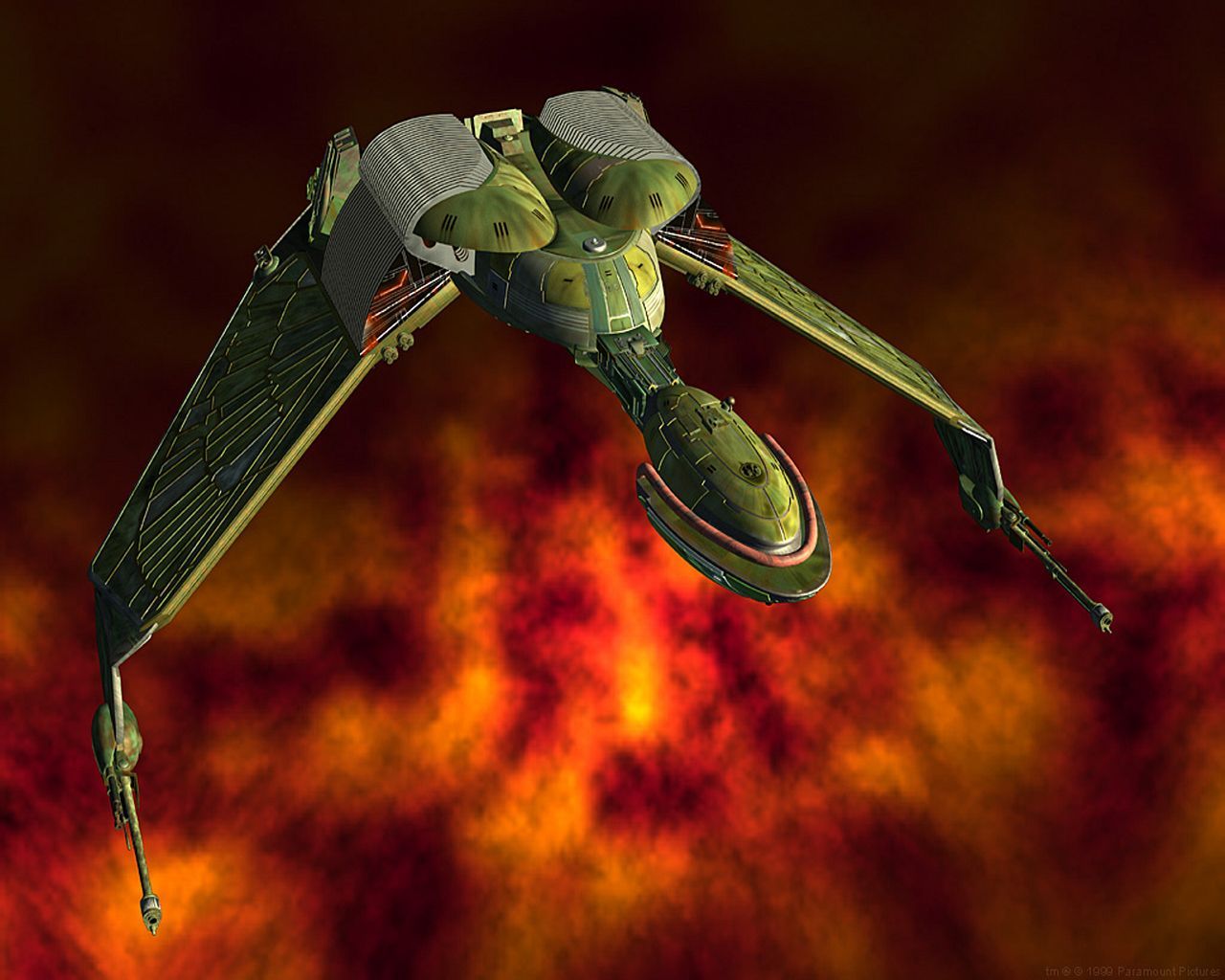I presume those fields are farmland? I wonder how much of a postwar nuisance those strands will become. If they don’t get fully removed from the fields in bulk before harvest, it seems like it would be an absolute pain to mechanically separate chopped bits of glass or plastic fibers from a harvested grain crop.
Totally. You thought you had a microplastics problem.
What why? That looks insanely expensive.
Fly by cable can’t be jammed.
Are the drones actually dragging around cable? Oh! Are these from guided anti-material munitions? That would make sense! I thought someone was laying fiber optics for some reason.
I wonder what the environmental impact of this is. This can’t be glass, right? Plastic?
Yeah, the fiber optic drones used by both sides now have these huge barrel spools of fiber optic cables on them. Things can go for miles, it’s wild.
Are the drones actually dragging around cable?
Not quite, they spool them off from the drone as they go, so they don’t have to deal with any drag across the ground.
This can’t be glass, right? Plastic?
As far as I know they are using standard telecom fiber, so it’s silica glass, partially doped to make the refractive index between core and cladding different
I’m finding that technology has changed a lot since I last looked into this, but glass fiber was not known for its flexibility. For guided rockets, I can see that wouldn’t be much of an issue, but for the maneuvers those drones make it seems fiber would not have some downsides. Do you mean the winged drones?
It’s been a while but in this very comm someone posted pictures of a quadcopter drone with a 41.4 km drum. I’ll try to dig it up.
Here’s one https://sopuli.xyz/post/21919901, it was a hexacopter, not quad.
And in my search I also came across these links:
And finally here is even a demo video:
It seems fiber works fine even on manoeuvrable drones.
That’s crazy! Thanks for the links, it’s fascinating. Fiber technology has really passed me by.
Nope, it is in fact prop drones using them. I couldnt quickly find a good article or anything on it, but I’m pretty sure because the fiber is just draping freely from the drone to the ground there is plenty of space for the necessary curvature, which I assume isn’t actually that big since it is carried on spools on the drone to counteract getting tangled.
I’m sure there are some specific downsides and more nuanced limitations but the ability to not be affected by RF jamming outweighs it.
I would assume/hope that it’s pretty simple to collect all the cables again? Just “walk” once across the field, pick up all the cables, roll them up, and you are done? I am kind of wondering why the operator couldn’t just roll up the cable from their side again after the end of the flight. But I can understand that that is not a priority at that point.
There is no way these bare fibers have the tensile strength necessary that you even could drag kilometers of it back to the operator through the terrain. You need to know, these are not full cables as you would normally use them for networking, that would be to heavy for the drone. Instead it’s single fiber strands without any mantle.
They’re surprisingly durable. Afaik you can’t break them with your bare hands, you need something to cut them with.
deleted by creator
Well I have never tried to deliberately break a fiber, usually my goal is to have them work when I’m done. But the bare fibers without mantle are really thin (250 micrometer is typical, 125 for core and cladding, and 125 around that for the coating) and you have to treat them carefully. I think if you bent them tight they would break. I know splicing tools have special cutters included, but my understanding was that those are only needed to make a proper 90° cut good for splicing.
Because you’re getting the fuck outta dodge before a retaliation strike and to set up the next one.
I’m guessing they’re from wire-controlled drones.
Good return on investment if a spool of fiber allows your drone to kill enemy combatants and destroy their equipment. Make them switch from RF jamming to lead.
Same reason the TOW antitank operator guided missile was produced in 1968 which works on the same principle for precisely the same reasons.
https://en.m.wikipedia.org/wiki/BGM-71_TOW
This is an old strategy reborn.
I don’t know about the TOW2, but I was an Infantry tester in 1988 when the Army was evaluating the TOW replacement contenders; I was in the Bofur’s Bill team. No wires, and double the range of the wired alternatives.
The Army went with the TOW2, in the end, which surprised none of us. And Bofur’s was tight-lipped about the technology, but us gunners were fairly sure that it was fly-by-laser.
That was so long ago, I wonder if any details have been published in the meanwhile. They acted as if there construction was a state secret, at the time.
It was waaay before any sort of flexible fiber optics; copper wire seems like it’d be cheaper.
Not that expensive, probably under 10 USD for 10 km, given that I can find offers like below in a few minutes on Aliexpress
Dang. That link gives me a page not found, but if that’s network quality, it’s hella cheaper per foot than ethernet. Why am I still running cat6 in my house?
Oh dang, here’s a screenshot at least:

Cabled G657.A1 fibers with a LSZH mantle is going to be more expensive compared to this bare fiber G652.D of course, but yeah there are people who start using it at home. The main issue is finding end devices with SFP slots, so you don’t have to convert between optical and electrical all over the house.
i dug around on Alibaba and found SFP fiber for $10/km. Insane.
And, yes, that got me started down a rabbit hole of home fiber. It is odd that home devices with fiber options aren’t more common. I’m sure someone will say, “why? Ethernet is good enough,” but again: fiber wire (cable?) costs are a fraction of ethernet, especially if you’re going for the high speed rating. I don’t see prices for switches and connectors on Amazon being outrageous, for multi-mode.
Here’s me, just tooling along extending ethernet and running fiber was so as expensive as it was ten years ago. Ethernet for sure still is.
Fibre cable is cheaper than copper but the media converters of fibre are way more expensive, so copper remains king for local networks.
A friend at work has started experimenting with 10G LAN at home and at that speed one interesting observation is that the copper interfaces use significantly more power, like 8W vs 1W for an optical one or something like that. But it’s only really worth it if you have a significant portion of end devices that have SPF+ slots directly, with the converters you get the worst of both worlds really. Except for range.
You also lose the option of PoE with fiber, although TBH in all my years I’ve never used it.
I’m just bitter because I bought a big roll of Cat6 a couple years ago and it cost an arm and a leg. The same length of multimode fiber would have been a fraction, and I’d probably get better speeds.
If you’re forward thinking for future speed generations you definitely should go with singlemode fiber, by the way. Multimode is mostly done at 10Gbit/s as far as I know. There are some things like 40G and 100G SR4, over multimode but they use 4 fibers in each direction. Whereas I have personally installed 100G bidirectional lines already on singlemode over 10 km already, that’s easily commercially available (though it would be ridiculous for home use).
I think the price difference between 10G single mode and 10G multi mode gear has also decayed enough that taking the step up to singlemode is no big issue anymore.
The prices for devices on Amazon aren’t significantly different for switches, although if your devices are all ethernet (and they probably are) then you have to add the cost of the trancievers. Still, cheap switches are comparable, and the enterprise stuff jumps up an other of magnitude on both sides.
If more devices came with fiber sockets, it’d be cheaper to run fiber just for the cable price difference.
It does seem there’s more diversity in fiber that might make consumer standardization harder. There’s single vs multi-mode cabling, SC and LC connectors, simplex and duplex, and even the polishing types aren’t all incompatible. So, there aren’t any clear choices to offer to clients, and it’d be more confusing for many consumers. Ethernet is, basically, ethernet, unless you’re a network engineer chasing specs.
It also likely has less sheathing and whatnot and is not designed for durability past its use so it would not be ideal
And as another commenter said it’s the connectors that are the expensive bit







